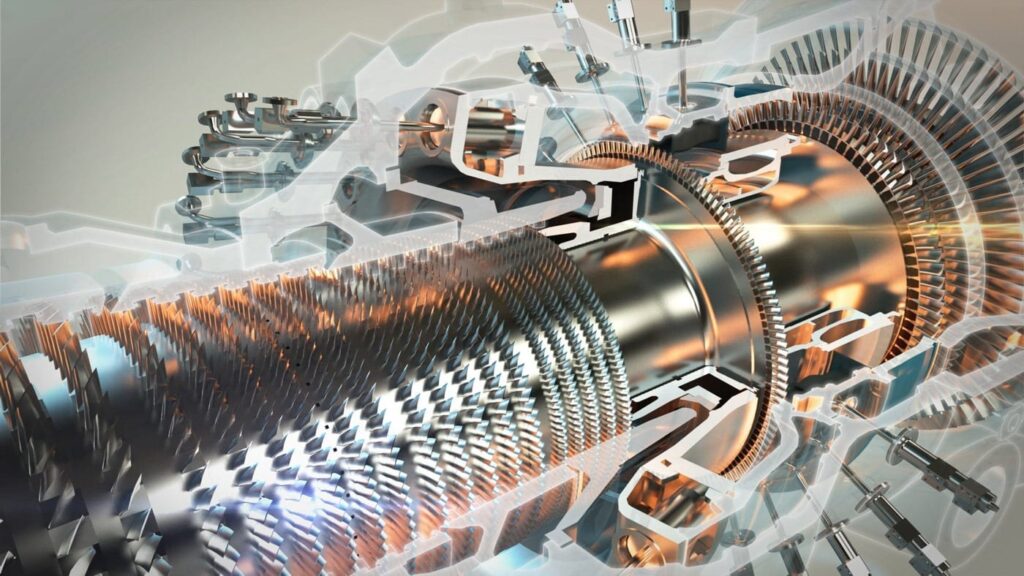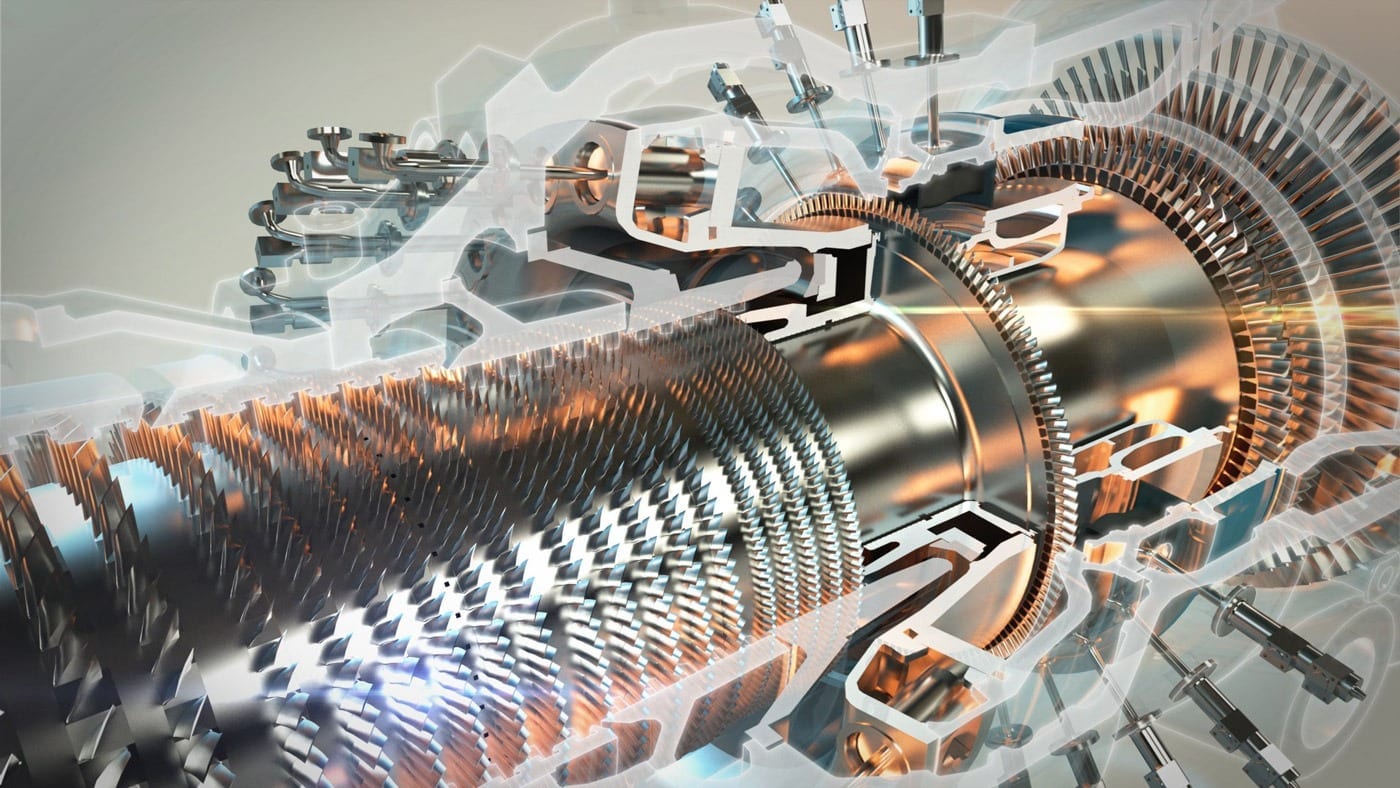
Massive deployment of storage not needed for renewable sources to play large ‘decarbonization’ role
Much of the nation’s energy policy is premised on the assumption that clean renewable sources like wind and solar will require huge quantities of storage before they can make a significant dent in the greenhouse gas emissions from electricity generation. A new Harvard study pokes holes in that conventional wisdom. The analysis published today in the journal Energy & Environmental Science finds that the supply of wind and solar power could be increased tenfold without additional storage.
“There’s no question that it would be better to have more and better storage and a sensible long-term strategy for the grid will have much more storage than today,” said coauthor David Keith, Gordon McKay Professor of Applied Physics at Harvard John and Paulson School of Engineering and Applied Sciences (SEAS) and Professor of Public Policy at the Harvard Kennedy School. “But you don’t have to wait for that before deploying more variable renewables.”
The parametric study conducted by Keith and SEAS graduate student Hossein Safaei asked: In order to drastically reduce planet-warming carbon emissions from electricity generation, what amount of “bulk electricity storage” – technologies that can store electricity for hours at a time, such as pumped hydroelectric facilities or flow batteries – is economically efficient?
Since the wind doesn’t always blow and the sun doesn’t always shine at the time that energy is needed, many assume that bulk storage technologies are essential in order for wind turbines and solar farms to contribute a larger share of the nation’s electricity demand.
But storage “is not the only strategy to achieve a low-carbon electricity grid,” according to Safaei. “Low capital cost in addition to good emissions performance make gas turbines cost-effective carbon mitigation candidates. Moreover, dispatchable zero-carbon generation technologies such as hydropower, nuclear, and biomass can be deployed instead of, or in conjunction with, the intermittent renewables.”
The finding that widespread deployment of batteries for grid-scale storage is not a prerequisite for dramatically increasing the amount of renewable energy we use is “good news,” said Sally M. Benson, professor of energy resources engineering and executive director of Stanford University’s Global Climate and Energy Project. That’s because “more time and R&D is needed to decrease the cost of [bulk electricity story] and to scale-up production,” said Benson, who was not involved with the research.
Another independent observer, Jay Apt, professor of engineering and public policy and co-director of the Electricity Industry Center at Carnegie Mellon University, added that the Harvard study makes clear that “the cost of removing pollution from electric generation is lowest when an all-of-the-above strategy is used.”
Read more: Greening the electric grid with gas turbines
The Latest on: Greening the electric grid
[google_news title=”” keyword=”Greening the electric grid” num_posts=”10″ blurb_length=”0″ show_thumb=”left”]
via Google News
The Latest on: Greening the electric grid
- Best Antivirus Software for 2024on May 4, 2024 at 11:00 pm
Clifford is a managing editor at CNET, where he leads How-To coverage. He spent a handful of years at Peachpit Press, editing books on everything from the first iPhone to Python. He also worked at ...
- Deadly Powassan tick virus confirmed in Sharon, Massachusettson April 26, 2024 at 2:07 pm
TICKS FOR THE FIRST TIME. A CONFIRMED CASE OF POWASSAN VIRUS IN SHARON. EXPERTS SAY THE TICK BORNE DISEASE IS MUCH RARER THAN LYME, BUT IT CAN BE DANGEROUS AND EVEN DEADLY. THE PEOPLE THAT I’VE ...
- Bird flu virus found in one-fifth of US milk samples, testing showson April 26, 2024 at 5:34 am
Blair/Statesman-Journal via AP, File Remnants of the bird flu virus have been detected in roughly one in five commercial milk samples tested by US health officials. Since last month, the H5N1 ...
- Remnants of the bird flu virus have been found in pasteurized milk, the FDA sayson April 23, 2024 at 7:41 pm
The U.S. Food and Drug Administration said Tuesday that samples of pasteurized milk had tested positive for remnants of the bird flu virus that has infected dairy cows. The agency stressed that ...
- Bird flu virus found in grocery milk as officials say supply still safeon April 23, 2024 at 5:10 pm
a finding that does not necessarily suggest a threat to human health but indicates the avian flu virus is more widespread among dairy herds than previously thought, according to two public health ...
- Remnants of bird flu virus found in pasteurized milk, FDA sayson April 23, 2024 at 5:00 pm
The U.S. Food and Drug Administration said Tuesday that samples of pasteurized milk had tested positive for remnants of the bird flu virus that has infected dairy cows. The agency stressed that ...
- Fragments of bird flu virus discovered in milkon April 23, 2024 at 11:55 am
Federal regulators Tuesday said samples of pasteurized milk from around the country had tested positive for inactive remnants of the bird flu virus that has been infecting dairy cows. The viral ...
via Bing News











